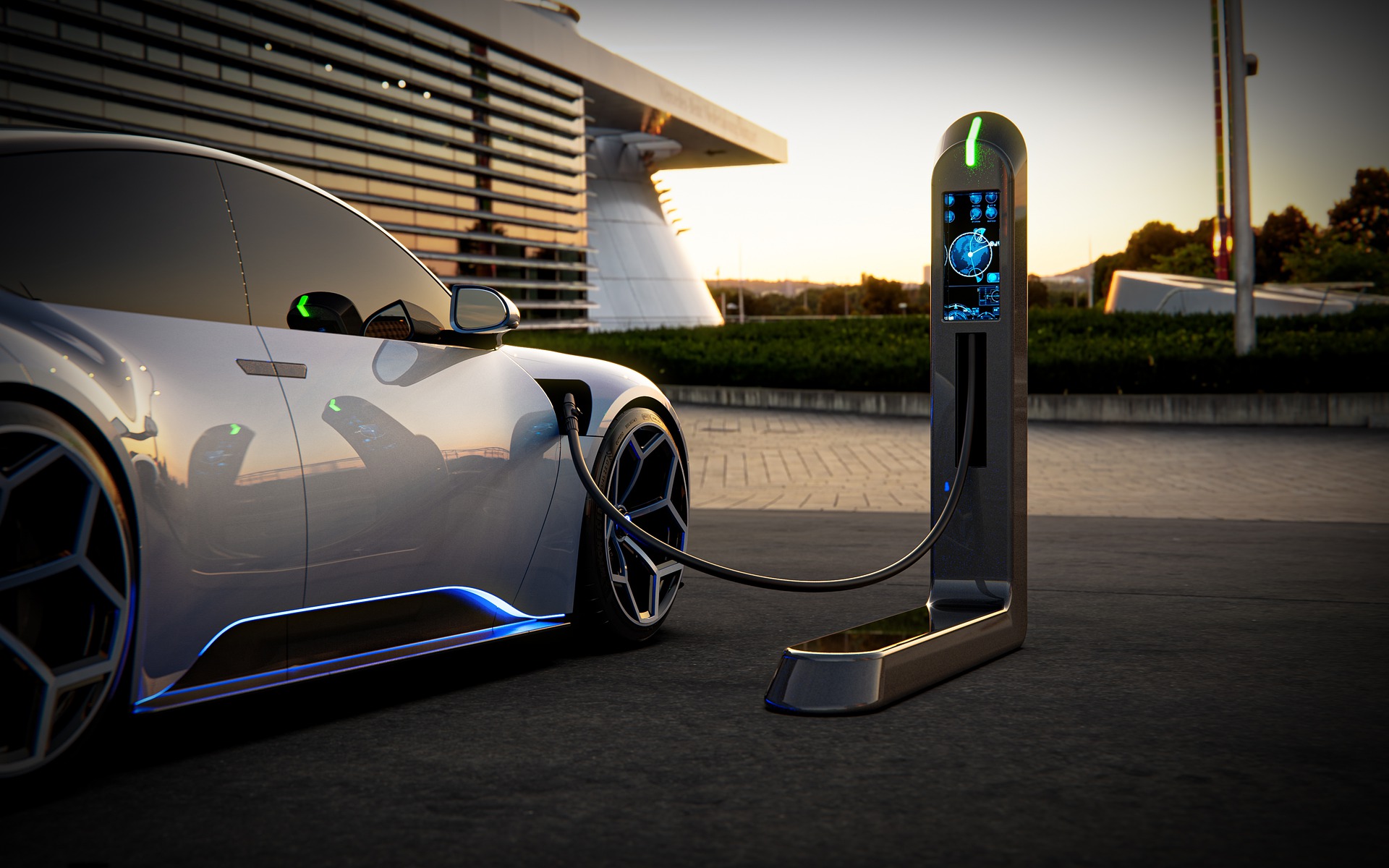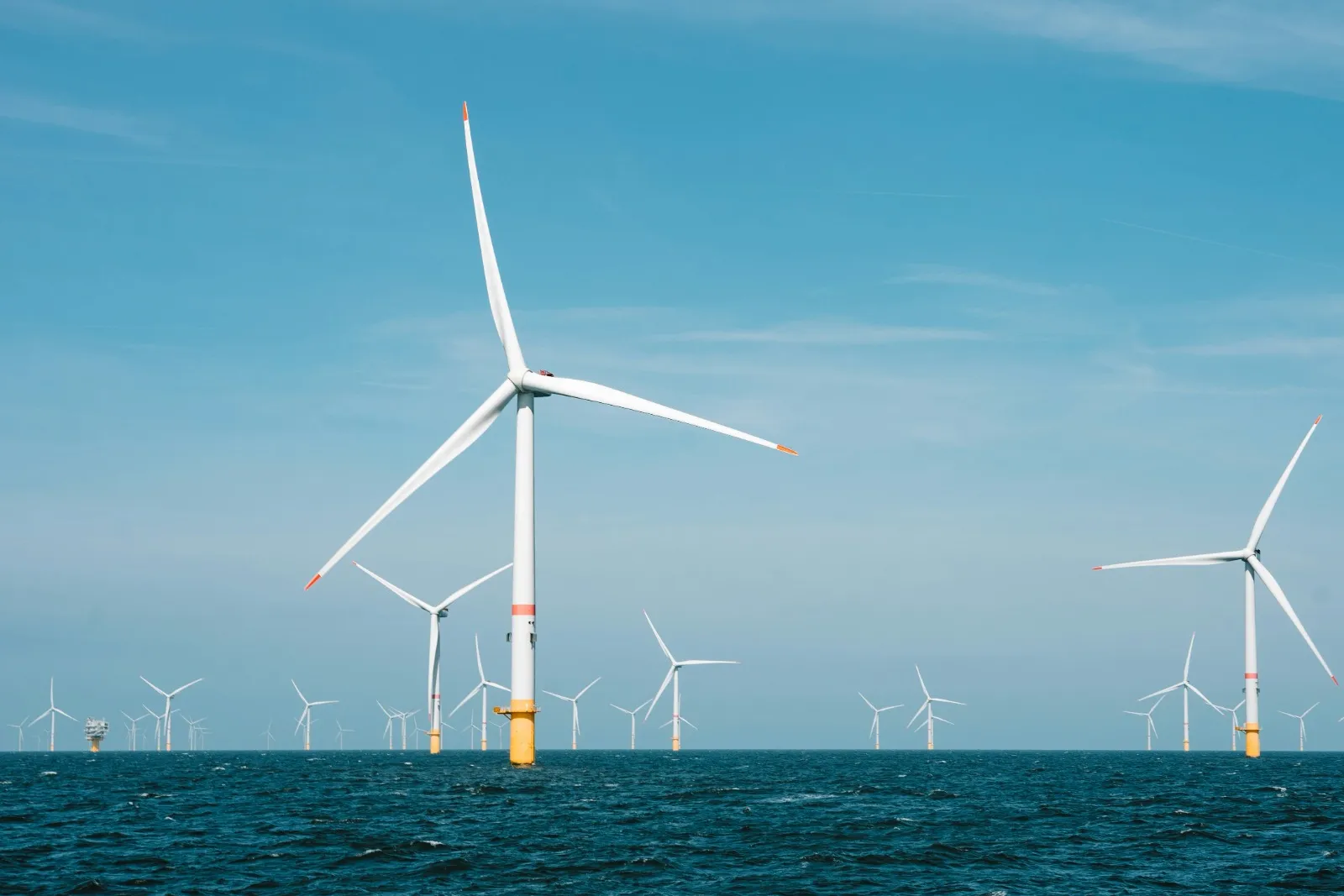Changes at the pump: The EV mindset

By Catherine Hunter, Senior Account Manager, Aspectus Group
You will be hard pressed not to see an electric vehicle when out on the roads at the moment. Across Europe we’re seeing significant uptake of EVs. And with that comes a growth of charge points – or demand for them at the very least. For most early adopters of EVs, they’ve had the luxury of at-home charging. Which fundamentally changes the relationship between driver and refuelling when more often than not, the car is full when you begin your journey. But for those of us who are looking to adopt an EV without the space for charging at home, how will our refuelling relationship change?
The quicker the charge, the longer the wait?
This might sound counterproductive, but there is reason to believe, the faster the charge offered to us by the chargepoint, the more likely we are to wait for the car to refuel. I don’t mind sitting in my car for 5 minutes as it goes from zero to full at a motorway service station, but if that creeps up to 15 minutes, I might decide to use the service station facilities, so I don’t really feel like I’m using my time to wait for a full charge.
Naturally, any longer than 15 and I’m likely to be making the most of destination charging and allowing my car to refuel while I work out at the gym or complete my supermarket shop. And it’s here that the first major EV mindset shift takes place. We no longer see filling the car as an activity we need to complete, but something that happens while we do something else.
For many drivers, this will be something to adapt to quite easily and quickly. However, to bring people on the EV journey we need to communicate this as a benefit before they even think about booking a test drive.
Where to charge your EV
One change that might not be quite so straightforward is journey planning. This is particularly important on longer journeys or to a destination where charging is not currently installed. The average car is parked for the bulk of its life, however, when we want to go we really don’t want to be worrying about when or if we’ll be able to charge.
Solutions to help with charging and journey planning do exist, but the problem here is one of perception. If there are even one or two long journeys per year where customers might panic about range, that could be enough to deter them from making the EV switch. Every headline that talks about the charge point to EV ratio getting worse adds to this driver fear. That’s not to say we shouldn’t be talking about the infrastructure challenges, but to support the transition to more sustainable transport we also need to celebrate infrastructure success.
Confidence is one of the most important traits when making a purchase. You only have to cast your mind back to the fuel crisis in the UK last September which caused Google searches of EVs to rise by 1600%. And we all know bad news will travel far quicker than any EV – whether it is able to charge or not.
There’s a lot to be excited about on the EV charging front, from Shell converting its fuel stations to electric, to dedicated charging hubs coming online. But this excitement will soon be tempered if we can’t change the consumer mindset on charging. The days of filling your car at the pump may be numbered, but if we can’t convince consumers their EV can be relied on to get them from A to B the strong start for EV sales may soon stall.

